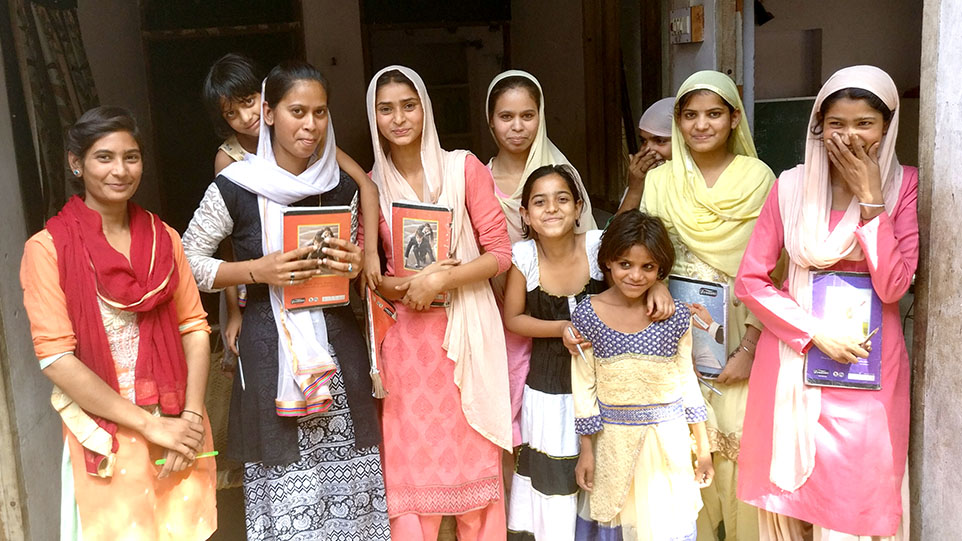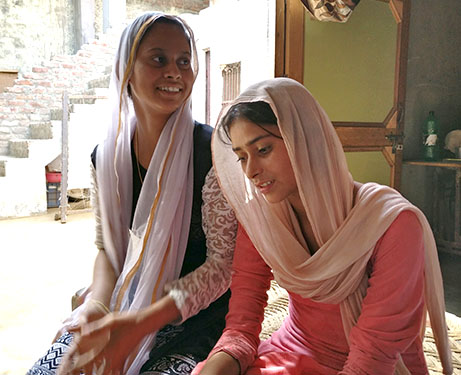Global Corporations Partner with GoodWeave to Drive Change
June 23, 2017Whilst there is estimated to be over 168 million children toiling in this world, there has never been more activity to raise awareness of their plight. Consumers, many of whom unwittingly buy products made by children, and companies, some of which have little idea who really makes their products, are increasingly asking questions. The phrase ‘supply chain transparency’ is now on many companies’ radar. And with the planned expansion of GoodWeave’s certification scheme beyond rugs into home textiles, embroidered garments and jewellery, more changes are afoot.

Nina Smith, CEO of GoodWeave has recently commented on the changes GoodWeave International is driving in association with private corporations. In a blog posted on Medium, which she wrote to coincide with World Day Against Child Labour, she touches on Tilbegumpur village in India’s Uttar Pradesh state, where a 16-year-old seamstress, Gulafsa, recently led her own quiet revolution. After calculating a shortfall in her pay packet, approximately three days-worth of work, she asked her supervisor for the money. Unlike so many of her peers, she had the literacy and the job security to request her missing pay, thanks to C&A Foundation and C&A Corporation, which partnered with GoodWeave last year on a pilot education scheme across a region of India where women, children, and entire families stitch apparel and other textiles.

Nina goes onto explain that: “We’re seeing serious corporate investment in supply chain transparency and labour rights. We’ve partnered with Target, Macy’s, Restoration Hardware, and other brands around the world to go all the way to the bottom of supply chains to confirm where their goods are made, invest in workers’ rights, and address any cases of child or forced labour. The choices of these companies ripple all the way down to people like Gulafsa and Ruksar.”
She adds: “A complex web of outsourcing means that when international buyers visit their manufacturing facilities, they may see only a portion of the labour force. It is as if underground, beneath the factory, there exist several small factories that do not follow “codes of conduct” or other CSR programs. These workers are typically paid a pittance, child labour is rampant, and debt bondage can be present — especially with women. This “labour laundering” hides people, rather than revenue. It’s not that most brands condone this; they simply do not know their full supply chains.”
